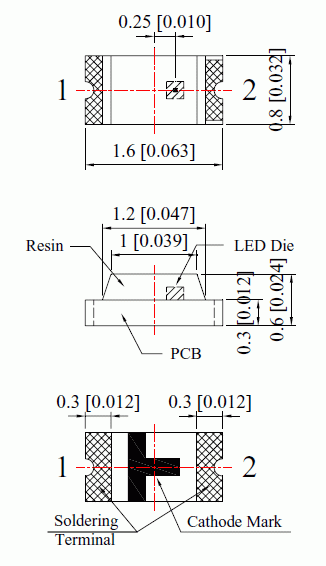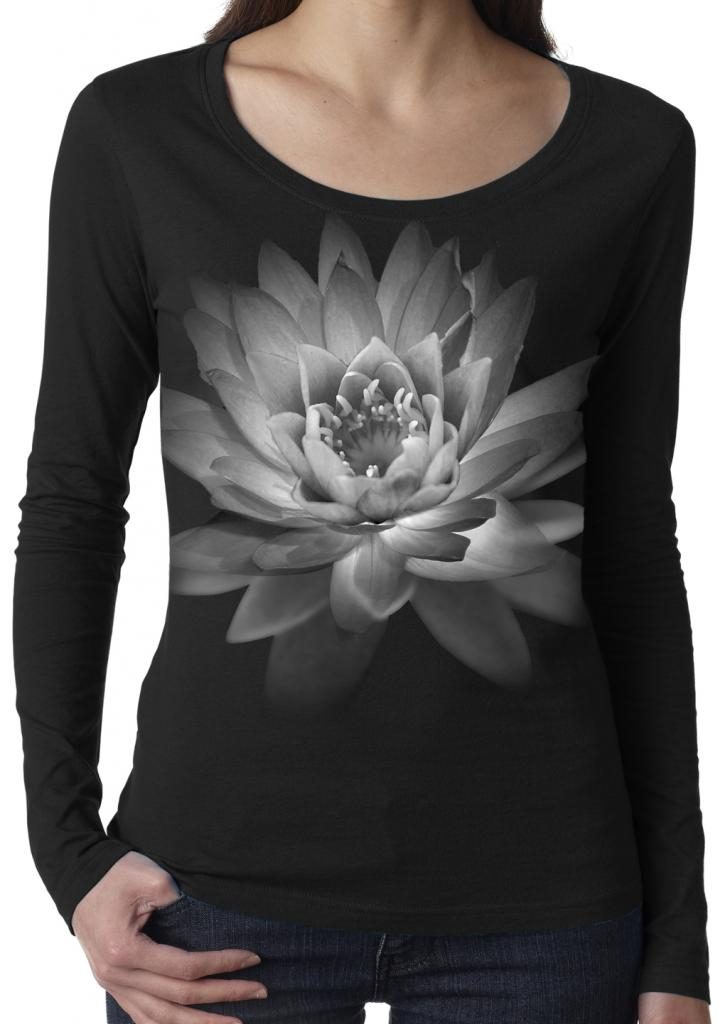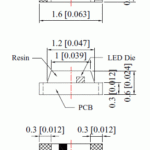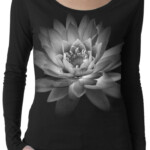All Shirt Size Chart – Choosing the right size for purchasing a dress can be an intimidating task. Some brands don’t have the same size system, which means that what’s as a medium by one brand might be considered big in another. This is where the size chart comes into play . we’ll talk about what one is and why using one when buying shirts essential.
How to Measure Shirt Size
The initial step in finding the perfect fit for you is measuring your body precisely. Here are the steps you need to take:
- Measure Your Chest Measure Your Chest: Wrap a measuring tape all the way around your chest. Check that the tape is level and doesn’t get too elastic or loose.
- Measure Your Waist: Wrap the measuring tape around your natural waistline – this is usually located at the narrowest area of your body.
- Measure Your Hips Take the measuring tape and wrap it over the broadest portion of your hips, making sure it’s level , and not too tight or loose.
- Compare Your Measurements with the Size Chart After you have your measurements, you can compare them with the sizes provided by the brand or retailer you’re planning to buy from.
Important to remember that different brands use slightly different measurements in each size and therefore you should always consult their specific size chart to ensure accurate measurement.
Here are some additional techniques to ensure exact measurements:
- You can measure yourself in underwear or thin clothing for an accurate reading.
- Be sure that your measuring tape is snug against your body, but not too tight, and ensure that it is level and in line with the ground.
- Repeat these steps several time to ensure that they are in line with the same measurements.
- Shirt Size Chart for Men and Women
Women and men normally require separate shirts due between body types and sizes. Here’s an overview for both sizes:
Men’s Shirt Size Chart:
- Small: 36-38 inches
- Medium 38-40 inches
- Large 40-42 inches
- XL 42-44 inches
- 3XL 46-50 inches
- 4XL: 48-50 inches
Women’s Shirt Size Chart:
- Extra Small (32-34)
- Small(34 inch)
- Medium (38-40)
- Large(38 40)
- XXL(Extra large)
- 4XL(extra long)
- Small(extra small)
- Small(extra large)
- Small(extra small (Extra Small/Medium)
Men’s shirt size chart (within1 minute!) Small(33 32 34 ) 12 8 = 3XL = 38-40 inch T2 = 38-40 inch 4446 1XL 44 44 46 it is crucial to understand that these are not exact measurements and that different brands could have slightly differing measurements for sizes.
Plus Size Chart for Shirt Sizes To help those who need larger sizes here are some basic measurements for both women’s and men’s plus sizes:
Men’s Plus Size Shirt Sizing Chart:
Chart: Chart:
How to Convert Shirt Sizes
- 1X: 42-44 inches
- 2X: 46-48 inches
- 3X: 50-52 inches
- 4X: 54-56 inches
- 5X: The range of 58-60 inches
How To Convert Shirt Sizes
Different brands and countries may have different sizing methods, making it challenging to determine the correct size. Here’s how to convert shirts sizes:
- UK converts to US size conversion Add two sizes onto your UK size to give you the US approximate size (e.g., UK size 10 equals US size 12).
- EU size conversion to UK Size conversion subtract 10 off the US size to calculate the EU size equivalent (e.g., EU size 40 equals UK size 8.).
It’s important to remember that sizing systems may vary between retailers and brands Make sure to double-check their specific size chart to ensure accuracy.
Sizing Charts for Online Shopping
Before buying any shirts It is crucial to review the size chart provided by the seller in order to be sure you’re getting the correct size. Here’s the best way to locate it from the website of the retailer:
- Find“sizing”, or the “size chart” or “sizing” link: Many online stores will include an link to their size chart within the product description or on the page of the product within the product page.
- Examine the retailer’s exact size chart. Sizing may differ among brands and retailers, so ensure you’re referring back to the appropriate chart for your reference.
- Do Yourself a Good Job: Follow similar steps as those described previously for taking a precise measure in your personal body.
- Once you have your measurements, check them to the chart of sizes available by the company or retailer you’re planning on buy from.
- It is important to consider sizing down or up: If you’re at a loss on which size you should choose, take into consideration the measurement specific to the brand while making your choice.
Conclusion
The use of a size chart for shirts is crucial for determining the perfect fit, regardless of whether you’re buying online or in store. If you measure yourself correctly and referring to the label or retailer’s chart, you can rest assured that your new shirt will fit well and look fantastic. Do not forget to double-check every time you buy a new shirt as sizes can be different between brands and retailers. With these helpful tips You’ll get the right size every single time.






